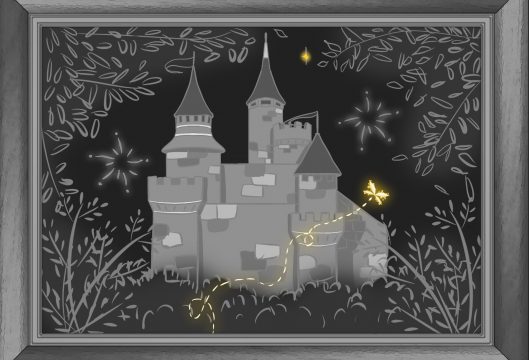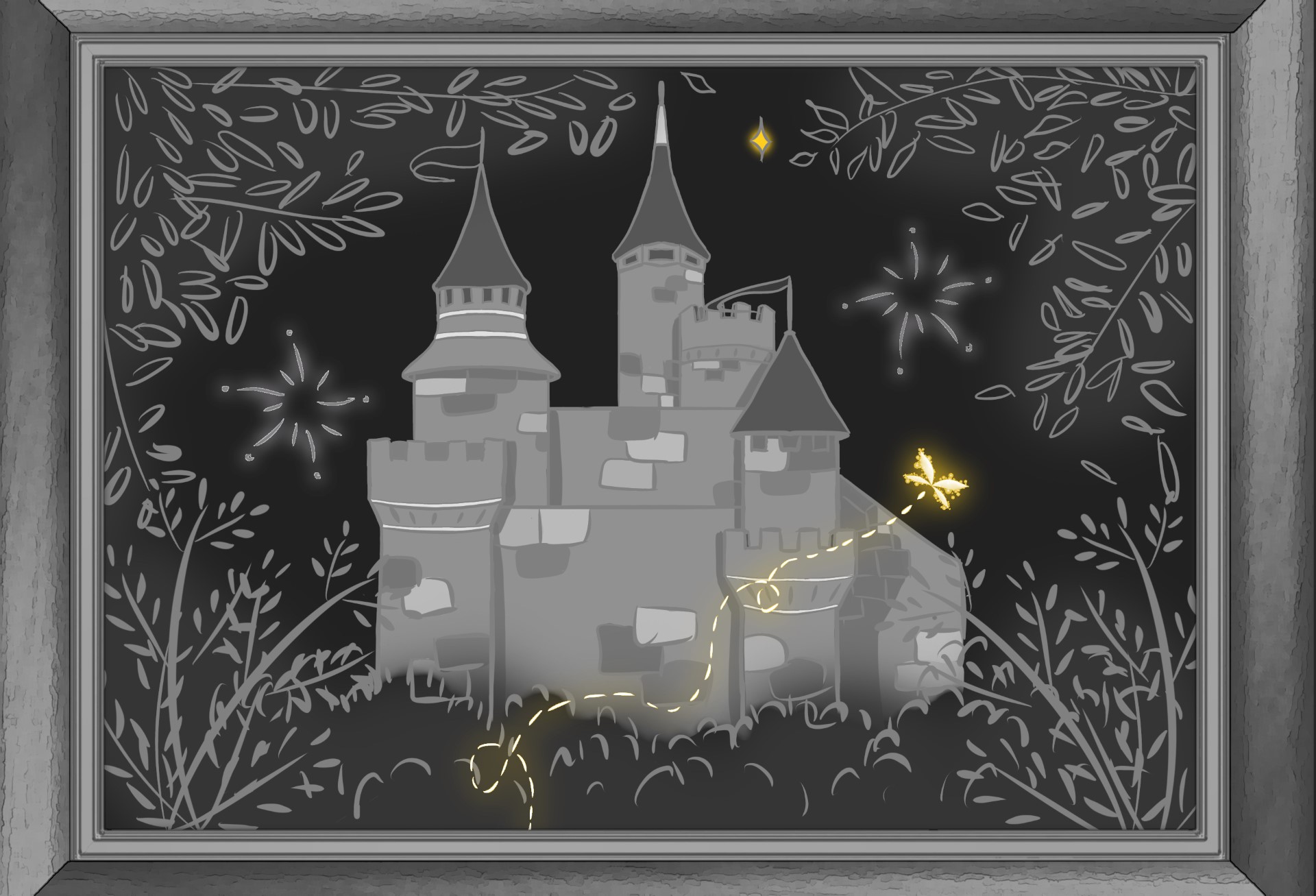On Wednesday, Oct. 11, in celebration of its centennial year, Walt Disney Animation Studios released its short, “Once Upon a Studio.” The basic premise of the short is that after the employees leave, all the characters from the past century of films come to life to take a group photo out of the studio. Over 500 characters from the past century were animated to be included in the film. For certain beloved characters whose original voice actors have passed away, such as Genie (Robin Williams) and Peter Pan (Bobby Driscoll), archival recordings were used instead of recasting the characters. It is a very fun experience to see all these characters interacting with one another. I love the implication that everyone knows each other and that characters across movies are friends with one another.
Overall, this short is a perfect love letter to Disney, and I think it is an exciting way for the studio to reflect on how far it has come. So, in celebration of the studio’s 100th birthday, let’s take a brief look at the studio’s history.
Brothers Walt and Roy Disney founded the Disney Brothers Cartoon Studio on Oct. 11, 1923. Starting out as a small animation studio in Los Angeles, they animated hundreds of short films, eventually developing stories around the shenanigans of beloved characters such such Mickey and Minnie Mouse, Goofy and more. The studio’s eventual mascot, Mickey Mouse, was first introduced in the shorts “Plane Crazy” and “The Galloping Gaucho,” both released in 1928. However, it was “Steamboat Willie,” released in November 1928, that made the mouse successful. The short was not only a huge success for Disney, but it also went down in history as being one of the first animated films with synchronized sound.

The studio would make history once again almost a decade later with the release of “Snow White and the Seven Dwarfs” (1937), the first feature-length cel animated film (a technique in which objects and characters are drawn by hand on clear celluloid sheets). Up until its release, there were many doubts about the film. Many believed that no one would want to sit for a vibrantly-colored cartoon for that long. At that point, there were only animated shorts, and more often than not, they were made for laughs. It wasn’t until the film was released that people seemed to begin to understand the potential of the animated medium. Up until his death in 1966, Walt Disney would personally oversee the development of the films that the studio produced.
After the death of Walt Disney, the studio suffered a lull and almost went bankrupt until the release of “The Little Mermaid” in 1989. The success of “The Little Mermaid” launched what is now known as the “Disney Renaissance,” wherein the studio released hit after hit throughout the 1990s, including “Beauty and the Beast” (1991) and “The Lion King” (1994). While the studio suffered another lull in the 2000s, the studio kept going, eventually acquiring the 3D animation studio Pixar in 2006. As of today, Walt Disney Animation Studios owns roughly 30% of the film industry, having control over companies like Marvel and Lucasfilm.
There is a lot to criticize Disney for, from the studio’s history of stereotyping non-white cultures to the use of AI instead of artists for certain projects. Personally, I feel that Disney today, despite starting out as a studio that believed in the future of animation, is one of the main reasons the medium is being pushed to the side. With all the upcoming live action remakes and the live action series, it feels as if Disney does not care about the medium that made the studio so successful and beloved in the first place.
Despite all the issues Disney has, I still love and appreciate all that the studio has done for the history of film and for the medium of animation. I’ve grown up on many of the studio’s films and still enjoy watching a majority of them. Disney films are what got me into wanting to tell stories and create art.

